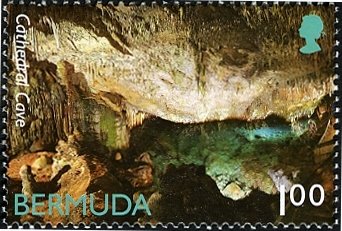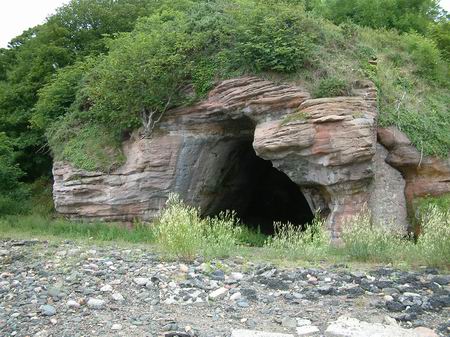Stamp: Cathedral Cave (Bermuda 2002)
Cathedral Cave (Bermuda 2002)
01 May (Bermuda ) within release Caves goes into circulation Stamp Cathedral Cave face value 1 Bermudian dollar
| Stamp Cathedral Cave in catalogues | |
|---|---|
| Stamp Number: | Sn:BM 830 |
Stamp is square format.
Watermark 373Also in the issue Caves:
- Stamp - Fantasy Cave face value 35;
- Stamp - Crystal Cave face value 70;
- Stamp - Prospero's Cave face value 80;
- Stamp - Cathedral Cave face value 1;
|
Data entry completed
53%
|
|
|---|---|
| Stamp Cathedral Cave in digits | |
| Country: | Bermuda |
| Date: | 2002-05-01 |
| Perforation: | 14¼ x 14¾ |
| Emission: | Commemorative |
| Format: | Stamp |
| Face Value: | 1 Bermudian dollar |
Stamp Cathedral Cave it reflects the thematic directions:
Tourism is travel for pleasure or business; also the theory and practice of touring, the business of attracting, accommodating, and entertaining tourists, and the business of operating tours. Tourism may be international, or within the traveller's country. The World Tourism Organization defines tourism more generally, in terms which go "beyond the common perception of tourism as being limited to holiday activity only", as people "traveling to and staying in places outside their usual environment for not more than one consecutive year for leisure, business and other purposes". Tourism can be domestic or international, and international tourism has both incoming and outgoing implications on a country's balance of payments. Today, tourism is a major source of income for many countries, and affects the economy of both the source and host countries, in some cases being of vital importance.
A cave or cavern is a natural void in the ground, specifically a space large enough for a human to enter. Caves often form by the weathering of rock and often extend deep underground. The word cave can refer to smaller openings such as sea caves, rock shelters, and grottos, that extend a relatively short distance into the rock and they are called exogene caves. Caves which extend further underground than the opening is wide are called endogene caves


